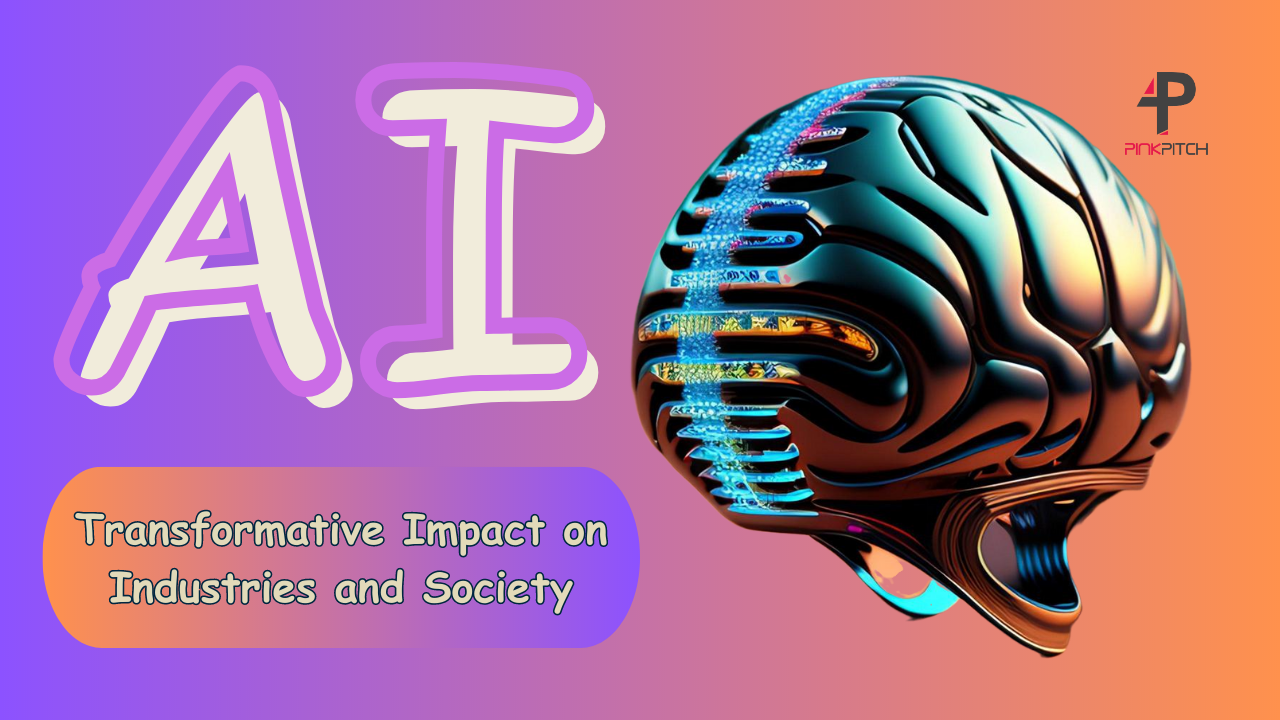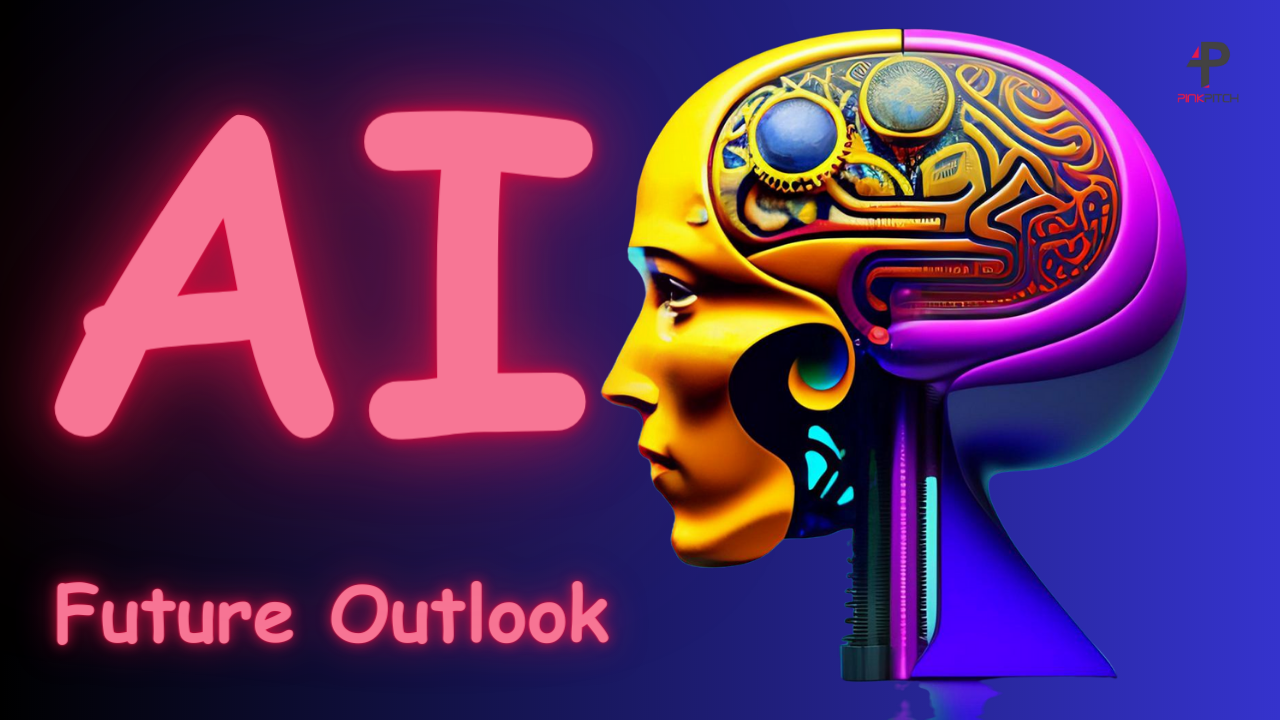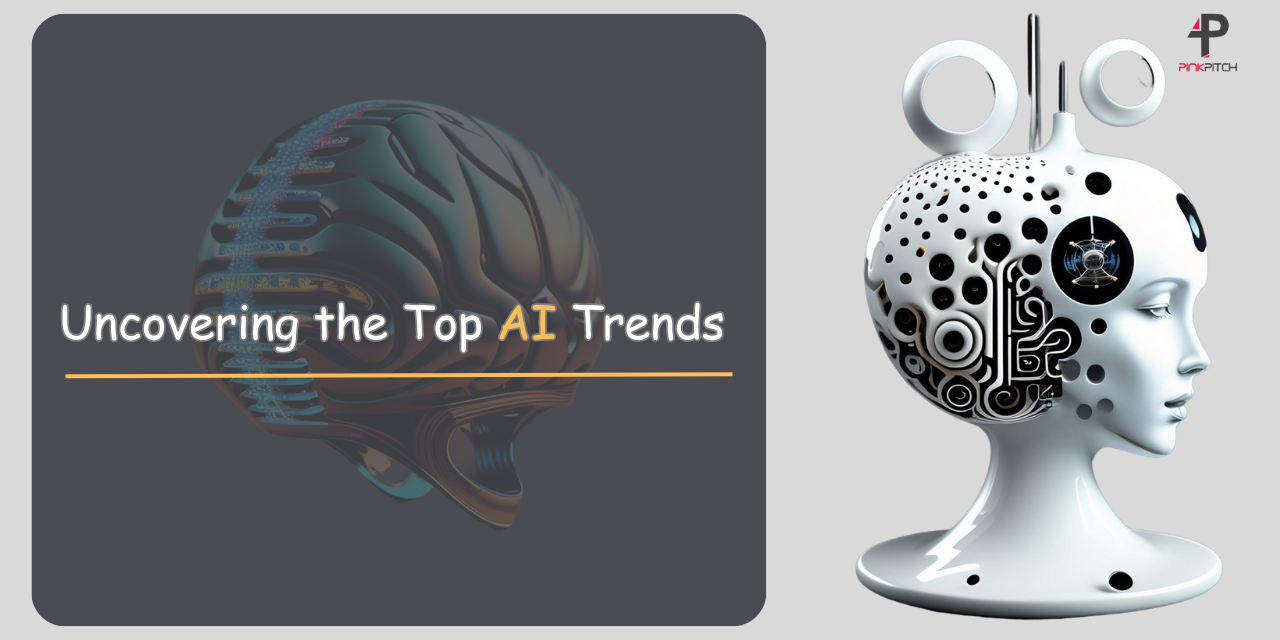AI trends refer to the evolving patterns, developments, and advancements in the field of artificial intelligence. These trends highlight the direction in which AI technology is progressing and provide insights into the potential applications and impact of AI in various industries and domains. Here are some AI trends that have been observed recently:
Here are some of the latest trends in the field of AI:

Natural Language Processing (NLP) Advancements:
NLP has seen significant progress, with the emergence of models like GPT-3, which can generate human-like text and have a wide range of applications in areas like chatbots, language translation, content generation, and more.
Deep Reinforcement Learning (DRL):
DRL combines deep learning techniques with reinforcement learning to enable machines to learn through trial and error. DRL has achieved impressive results in various domains, such as robotics and game playing, including the famous AlphaGo program.
Explainable AI (XAI):
As AI systems become more complex, there is a growing need for transparency and interpretability. XAI focuses on developing techniques that can explain the reasoning and decision-making processes of AI models, making them more understandable and trustworthy.
Edge AI:
Edge computing involves running AI algorithms on local devices, such as smartphones or Internet of Things (IoT) devices, rather than relying solely on cloud-based processing. Edge AI enables real-time decision-making, reduces latency, and enhances privacy by processing data locally.
Generative Adversarial Networks (GANs):
GANs are a class of neural networks that consist of two models—a generator and a discriminator—competing against each other. GANs have been used for various applications, such as generating realistic images, video synthesis, data augmentation, and creating deepfakes.
Federated Learning:
Federated learning is a distributed machine learning approach where models are trained locally on individual devices or servers without the need to share raw data with a central server. This privacy-preserving technique has gained attention due to its applications in healthcare, finance, and other sensitive domains.
AI Ethics and Responsible AI:
As AI becomes more prevalent, there is a growing focus on addressing ethical considerations and ensuring responsible development and deployment of AI systems. Discussions around bias, fairness, transparency, and accountability are shaping the development and adoption of AI technologies.
Self-Supervised Learning:
Self-supervised learning techniques aim to train AI models using unlabeled data instead of relying on large labeled datasets. These methods leverage the inherent structure or context within the data to enable models to learn meaningful representations and perform various tasks.
AI in Healthcare:
AI is making significant contributions to the healthcare industry. Applications include medical imaging analysis, early disease detection, drug discovery, personalized medicine, and virtual health assistants. AI has the potential to improve diagnostics, treatment planning, and patient care.
Autonomous Vehicles:
The development of autonomous vehicles continues to advance, with AI playing a crucial role in enabling perception, decision-making, and control systems. AI-powered autonomous vehicles have the potential to enhance road safety, efficiency, and transportation accessibility.
AI in Cybersecurity:
AI is being utilized to enhance cybersecurity measures, including threat detection, anomaly detection, and automated response systems. Machine learning algorithms can analyze large volumes of data to identify patterns and potential security breaches, helping to protect networks and systems.
AI for Sustainability:
AI technologies are being applied to address environmental and sustainability challenges. This includes optimizing energy consumption, predicting and mitigating climate change impacts, managing natural resources more efficiently, and enabling smart grids and cities.

Quantum Machine Learning:
The intersection of AI and quantum computing has the potential to revolutionize machine learning. Quantum machine learning explores how quantum computing can enhance traditional machine learning algorithms, allowing for faster computations and more complex modeling.
AI in Finance:
The finance industry is leveraging AI for tasks such as fraud detection, algorithmic trading, risk assessment, and customer service. AI-based chatbots and virtual assistants are being used to enhance customer interactions and provide personalized financial recommendations.
AI and Robotics Collaboration:
AI is playing a crucial role in advancing robotic systems. Collaborative robots, known as cobots, are designed to work alongside humans, leveraging AI capabilities to enhance safety, efficiency, and adaptability in various industries, including manufacturing, healthcare, and logistics.
Synthetic Data Generation:
Generating synthetic data involves creating artificial datasets that resemble real-world data. This technique has gained attention as it helps address data scarcity issues and privacy concerns. Synthetic data can be used to train AI models and validate algorithms without exposing sensitive or limited data.
Multi-modal AI:
Multi-modal AI refers to systems that can process and understand multiple types of data, such as images, text, audio, and video, simultaneously. This enables AI models to leverage information from different modalities, leading to more comprehensive and context-aware insights and applications.
AI for Personalization:
AI is increasingly being used to provide personalized experiences across various domains, including e-commerce, marketing, entertainment, and healthcare. AI algorithms analyze user behavior, preferences, and historical data to deliver tailored recommendations, content, and services.
AI-powered Virtual Assistants:
Virtual assistants, such as Amazon's Alexa, Apple's Siri, or Google Assistant, are becoming more sophisticated with advancements in AI. These assistants use natural language processing and machine learning techniques to understand and respond to user queries, perform tasks, and interact with other smart devices.
AI in Agriculture:
AI technologies are being applied in agriculture to optimize crop yield, monitor plant health, manage resources efficiently, and automate farming processes. AI-powered systems analyze data from sensors, drones, and satellites to provide insights for precision agriculture and sustainable farming practices.
AI in Customer Service:
AI is transforming customer service operations by automating support processes, enhancing chatbot capabilities, and enabling sentiment analysis. Natural language processing and machine learning enable AI systems to understand customer inquiries, provide relevant information, and offer personalized assistance.
AI in Supply Chain Management:
AI is being used to optimize supply chain processes, including demand forecasting, inventory management, logistics optimization, and risk analysis. AI algorithms can analyze large amounts of data and make predictions to improve efficiency, reduce costs, and enhance decision-making.
AI-driven Creativity:
AI is being leveraged in creative domains such as art, music, and design. Generative models, such as deep neural networks, can create original pieces of artwork, compose music, or assist designers in generating new ideas and designs.
AI for Social Good:
There is a growing emphasis on using AI for social good initiatives. This includes applying AI in areas like disaster response, poverty alleviation, healthcare accessibility, education, and environmental conservation to address pressing societal challenges and promote positive impact.
The field continues to evolve rapidly, and new advancements are being made regularly, expanding the possibilities and applications of artificial intelligence. It's essential to stay updated with the latest research and developments in the field to have a comprehensive understanding.
Get your honor PPMCB ( PINK PITCH Mirror Community Badge ) SBT by minting any PINK PITCH entry on Mirror
Also read:
-
How to launch NFT smart contract on HeyMint with no technical experience?
-
Unveiling the Impact of Artificial Intelligence on the Job Market
-
New to WEB3? Complete Guide to Launch Your Project/Brand on Blockchain.
-
How you can bargain or interact with sellers on OPENSEA - Introducing Relation One Chat Plugin
Subscribe us on:
